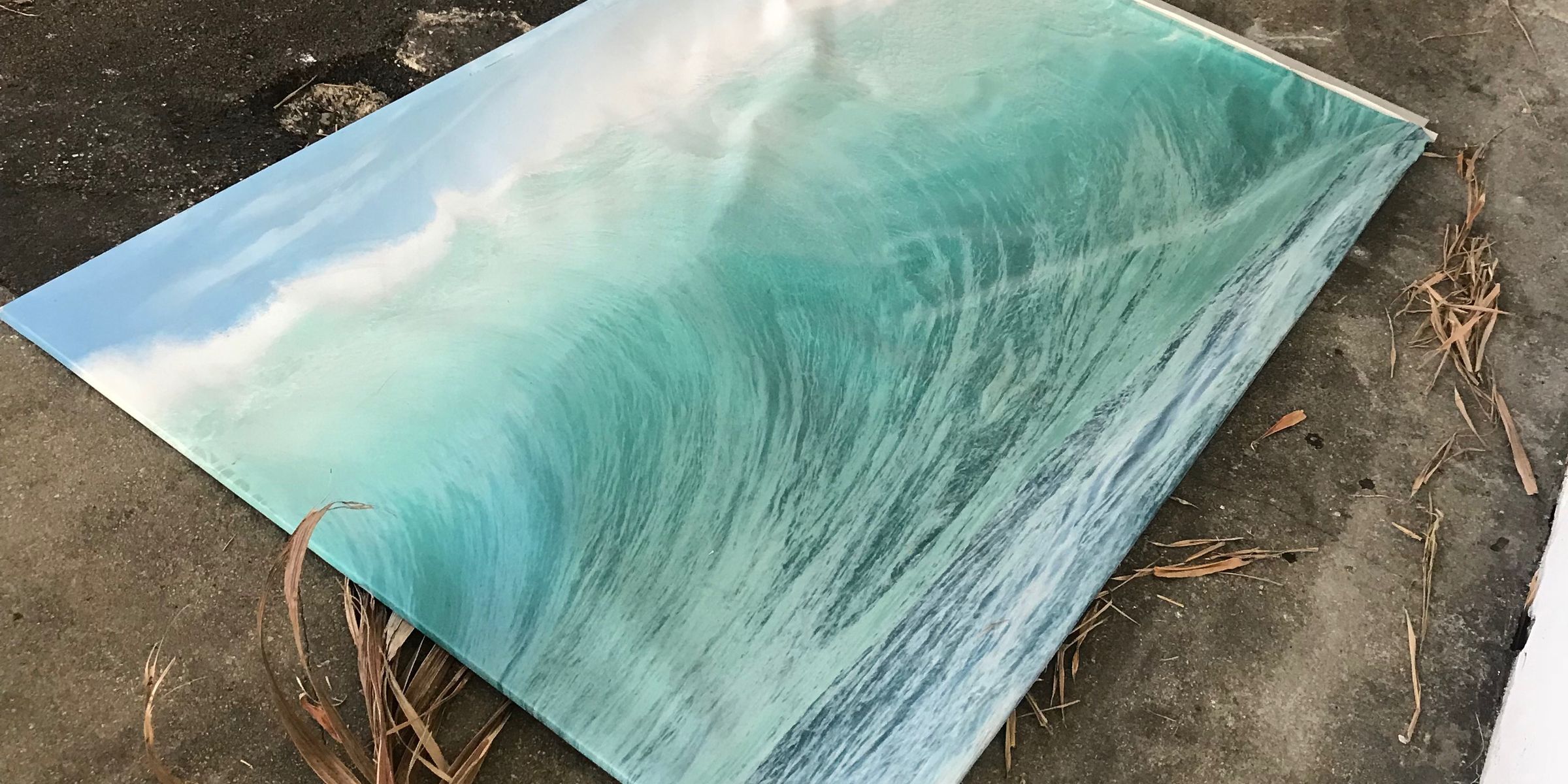
Meet CAS Resident: Dylan Gauthier
This October we welcome New York-based artist and writer Dylan Gauthier as the second resident in the 2016 CAS Pilot Residency. Working between contemporary art, research, architecture and the environment, and collaboration and community activism, Gauthier's work engages deeply, questions the status quo, and offers possible alternative models for living, interacting, and working both in the arts and in the world at large. Below, Gauthier talks with CAS about his approach to art, research, and collaboration.
- EN
- 2 October 2016
- Interview



